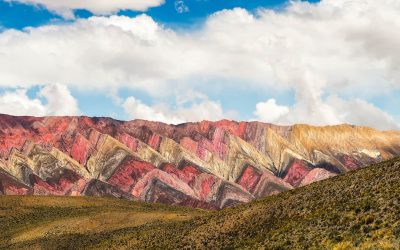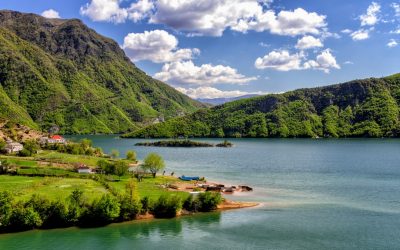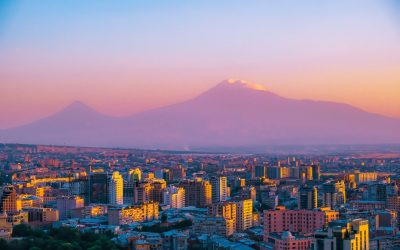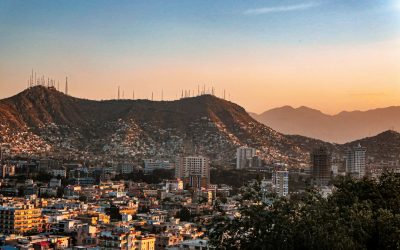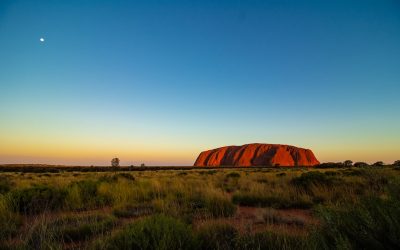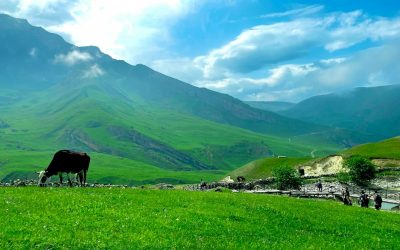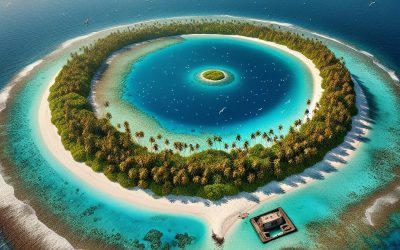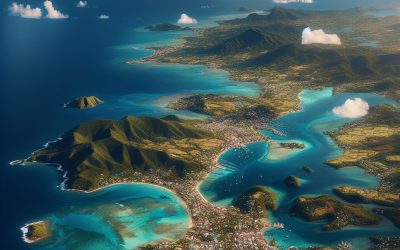Exploring the Enchanting Wonders of Argentina: A Journey Through Its Vibrant Culture and Breathtaking Landscapes
Argentina, located in the southern part of South America, is a country known for its vast and diverse landscapes, rich culture, and passionate people. With an area of over 2.7 million square kilometers, Argentina is the eighth-largest country in the world. It is...
Discovering the Hidden Gems of Albania: A Journey Through the Land of Eagles
Nestled in the Balkan Peninsula, Albania is a country that often goes unnoticed by travelers. However, this hidden gem is a land of rich culture and history, waiting to be explored. With its stunning landscapes, ancient ruins, unique cuisine, and warm hospitality,...
Discovering the Rich Culture and History of Armenia: A Journey Through Time
Armenia, located in the South Caucasus region of Eurasia, is a country with a rich and vibrant culture that dates back thousands of years. Nestled between Turkey, Georgia, Azerbaijan, and Iran, Armenia has a unique blend of influences from both the East and the West....
Uncovering the Beauty and Complexity of Afghanistan: Exploring the Rich Culture and History of the Land of the Afghans
Afghanistan, a landlocked country in Central Asia, has a rich and diverse cultural heritage that spans thousands of years. From its ancient history to its modern struggles, Afghanistan has a story to tell that is both fascinating and complex. Learning about...
Discovering Australia: A Journey Through the Land Down Under
Australia, the world’s sixth-largest country, is a land of incredible diversity and natural beauty. Located in the southern hemisphere, it is surrounded by the Indian and Pacific Oceans, with stunning coastlines stretching for thousands of kilometers. The...
Discovering the Charms of Austria: A Traveler’s Guide to the Best Sights and Experiences
Austria is a country known for its natural beauty and cultural richness. Nestled in the heart of Europe, this small country is home to stunning alpine landscapes, charming cities, and a rich history that has influenced music, art, and architecture. From the imperial...
Discovering the Hidden Gems of Azerbaijan: A Journey Through its Rich Culture and Stunning Landscapes
Azerbaijan, a country located at the crossroads of Eastern Europe and Western Asia, is a hidden gem waiting to be discovered by travelers. While it may not be as well-known as its neighboring countries, Azerbaijan offers a wealth of attractions and experiences that...
Colombia
Colombia (República de Colombia (Republic of Colombia)) Capital of Colombia: Bogotá Population (Estimated July 2012): 45,239,079 Area: 1,141,748 km2 or 440,831 mi2 Currency: Peso (Col$) Official Language: Spanish Political Information: Unitary Presidential...
Cocos Islands
Cocos Islands (Territory of Cocos (Keeling) Islands) Capital: West Island Population (Estimated July 2012): 596 Area: 14 km2 or 5 mi2 Currency: Australian Dollar (AUD) Official Language: English Political Information: Territory of Australia Official Religion: No...
Clipperton Island
Clipperton Island (Île de Clipperton or Île de la Passion (French), Isla de la Pasión (Spanish)) Population: Uninhabited Area: 5km2 or 2mi2 Political Information: French Overseas Possession Highest Point: Rocher Clipperton at 29 meters or 95 ft Discovery: Named After...
Guadeloupe
Guadeloupe (Département d’Outre-Mer de la Guadeloupe (Overseas Department of Guadeloupe)) Capital of Guadeloupe: Basse-Terre Population (Estimated July 2012): 454,000 Area: 1,630 km2 or 629 mi2 Currency: Euro (€) Official Language: French Political Information:...
China
China (Zhonghua Renmin Gongheguo (People’s Republic of China)) Capital of China: Beijing (Peking) Population (Estimated July 2012): 1,343,239,923 Area: 9,572,900 km2 or 3,696,100 mi2 Currency: Renminbi (yuan) (Y) Official Language: Mandarin Chinese Political...
